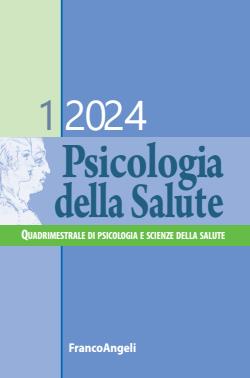
Antecedents of sporting activity in adolescence: the role of intentions and self-efficacy perceptions in the HAPA model process view ABSTRACT: The regular practice of physical activity contributes to increase young people’s physical, psychological and social well-being (see Donizzetti, 2008 for a review). However, notwithstanding the recognition of its protective role for the health, there is a very high inactivity rate. Because of the difficulty in the passing from a sedentary to an active life-style and the maintenance of the latter, several studies analyzed the factors intervening in the different phases of the behaviour change process. Among the theorized models, the Health Action Process Approach (HAPA) by Schwarzer (1992) presents a dynamic framework of the process through which people decide to act, by assuming that this process implies the passing across some temporally and qualitatively distinct phases. A study was conducted involving a sample of 682 physically active adolescents. The purpose was to investigate the variables predicting sporting behaviour during the maintenance phase. According to the theorized hypothesis, the results illustrate that self-efficacy and the intention to increase physical activity predict sporting behaviour. Further, they show the existing of gender and attended class differences.






